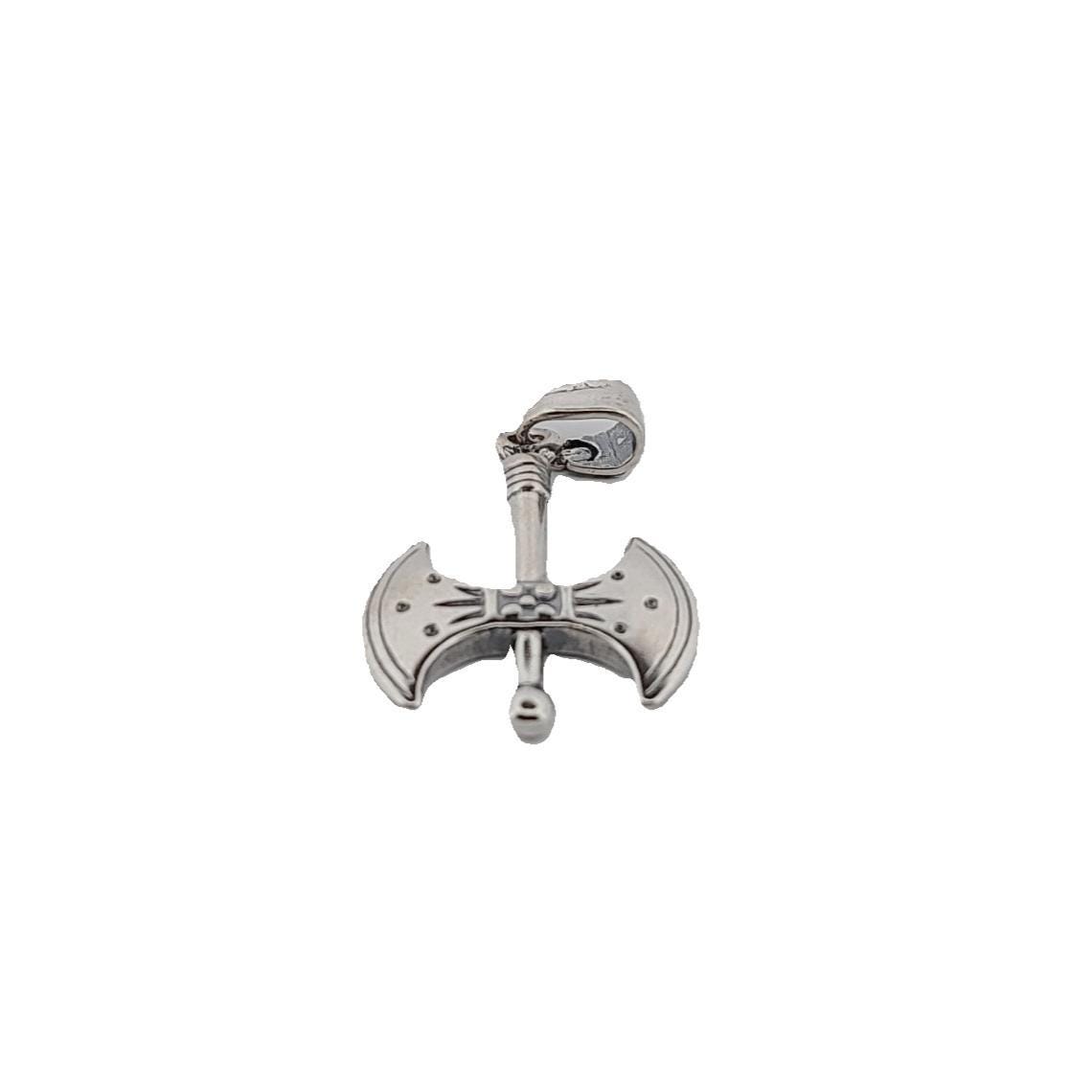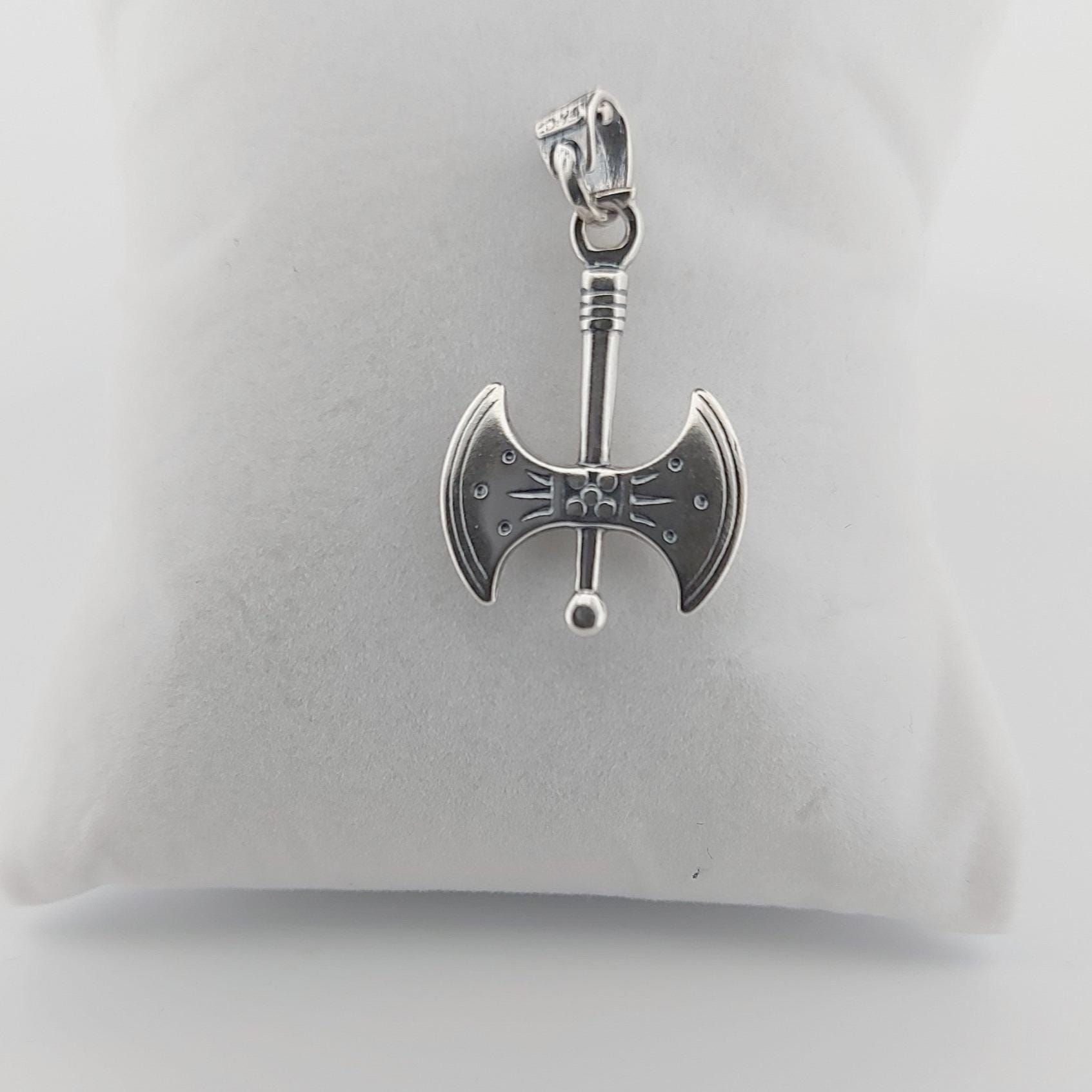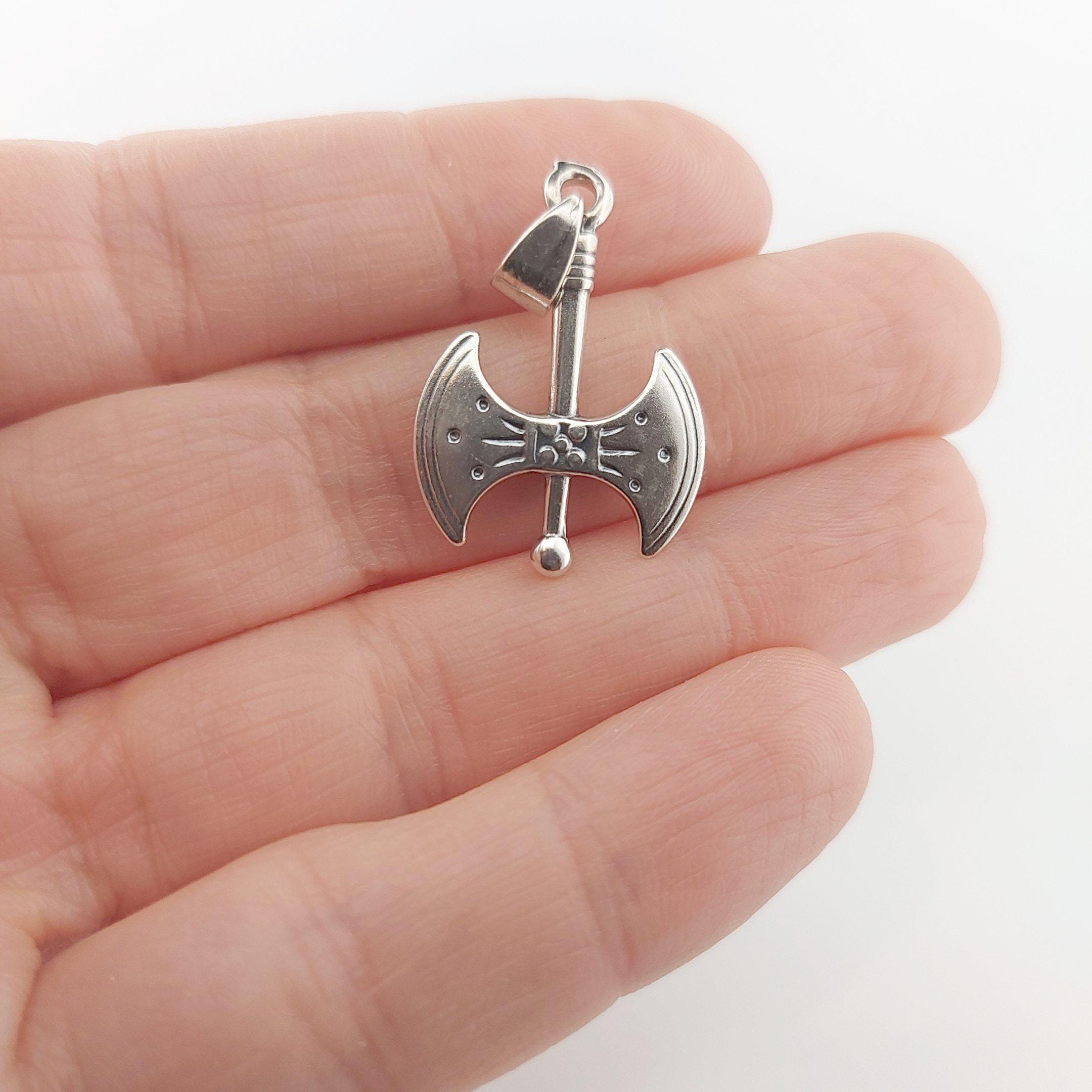






Silver Double Axe Minoan Style Pendant, Ancient Greek Design
Fast free shipping worldwide
14-day money-back guarantee
Quality & care
High-Quality Materials Our products are made from carefully selected, premium materials to ensure durability, comfort, and a luxurious look and feel.
Waterproof & Tarnish-Free Designed for real life. Whether you're working, traveling, or relaxing our products are built to last, resist tarnishing, and stand up to daily use.
Shipping and returns
Fast shipping, just like you love! Your order will be shipped within five business days.
Worldwide Shipping Depending on the place you call “home” (geographically speaking), delivery will take approximately 4-10 business days.
We proudly offer shipping to most countries. If your country is listed at checkout, we’ll happily ship to your location. Shipping times may vary due to agreements or delivery accessibility.
Choose options
Handcrafted in Greece
Inspired by Ancient Myths
Timeless Elegance
Free Worldwide Shipping
Secure Checkout









